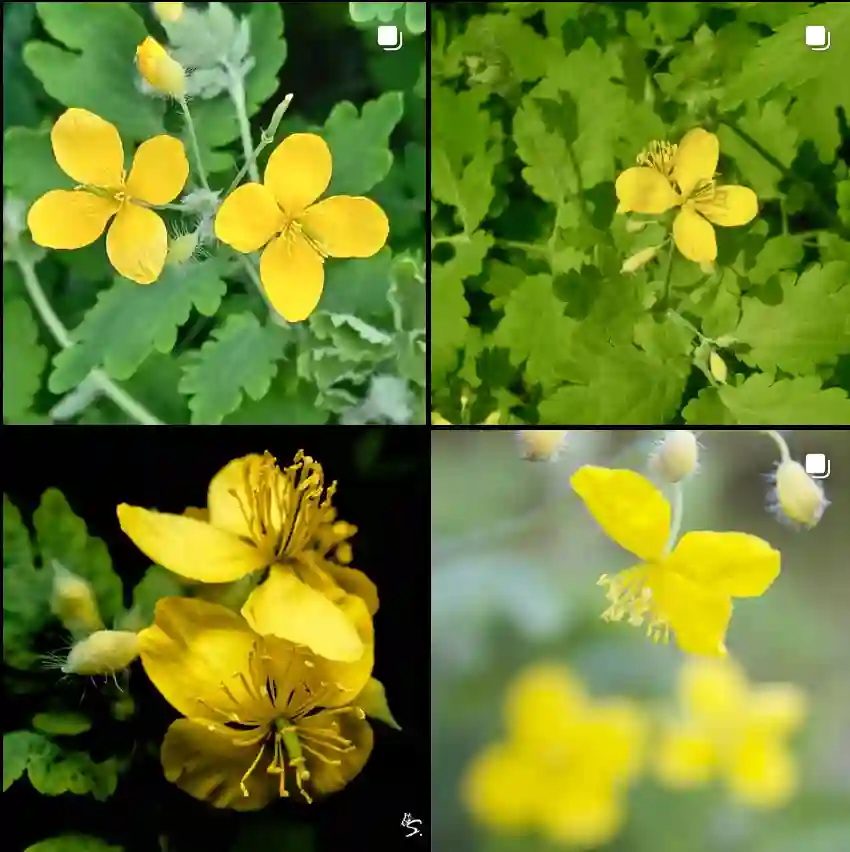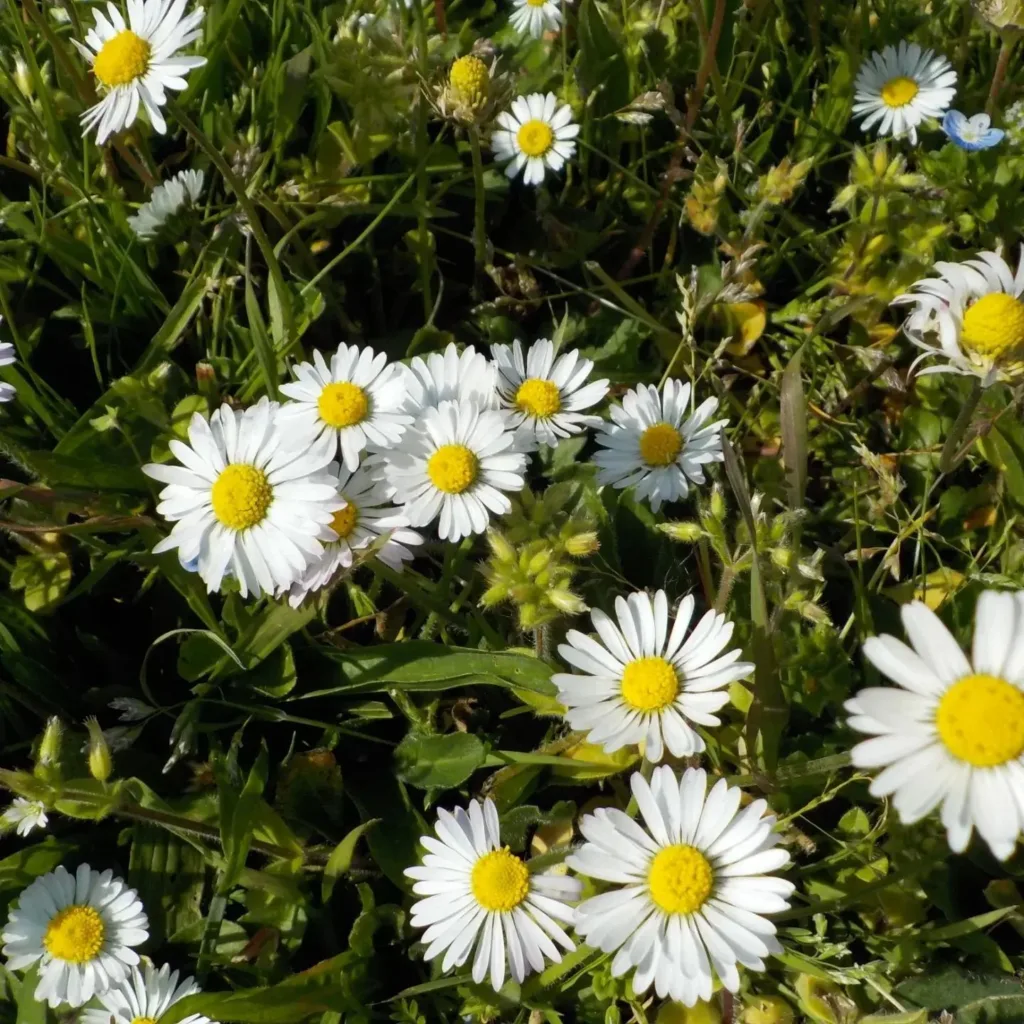Aegopodium: A Gardener’s Friend or Foe?
Aegopodium. The very name might sound like some ancient Greek philosopher, but in reality, it’s a genus of flowering plants that has a rather complicated relationship with gardeners like myself. Some of us adore it, others despise it. Me? I find myself somewhere in the middle. It’s a fascinating genus, really, with a lot more to it than meets the eye. Let me tell you why.
Understanding the Aegopodium Genus
First things first, let’s get a handle on what exactly Aegopodium is. It’s a member of the Apiaceae family, which puts it in the same company as carrots, parsley, and celery. Native to Europe and western Asia, this herbaceous perennial is characterized by its compound umbels of small, white flowers and its tendency to, shall we say, spread.
Now, that spreading habit is where the love-hate relationship comes in. Aegopodium species, and particularly the notorious ground elder ( Aegopodium podagraria ), are known for their vigorous rhizomes. These underground stems send up shoots with incredible speed, allowing the plant to colonize areas with remarkable efficiency. This makes it a fantastic ground cover if you need to fill a space quickly, but a nightmare if you want to maintain a tidy, controlled garden.
A Closer Look at the Species
While Aegopodium podagraria might be the most well-known member of the genus, it’s certainly not alone. Here’s a list of species:
- Aegopodium alpestre Ledeb.
- Aegopodium burttii Nasir
- Aegopodium decumbens (Thunb.) Pimenov & Zakharova
- Aegopodium handelii H.Wolff
- Aegopodium henryi Diels
- Aegopodium kashmiricum (R.R.Stewart ex Dunn) Pimenov
- Aegopodium komarovii (Karjagin) Pimenov & Zakharova
- Aegopodium latifolium Turcz.
- Aegopodium nadeshdae (Stepanov) Stepanov
- Aegopodium podagraria L. Plant FAQs: Aegopodium Podagraria – Goutweed – Bishop’s Weed
- Aegopodium tadshikorum Schischk.
- Aegopodium tribracteolatum Schmalh.
The Duality of Aegopodium
So, why the mixed feelings about this genus? Well, it boils down to perspective and purpose.
On one hand, Aegopodium can be a valuable asset in the garden. Its rapid growth makes it ideal for suppressing weeds, stabilizing slopes, and providing a lush green carpet in areas where other plants struggle. It’s also incredibly low-maintenance, tolerating a wide range of conditions and requiring little attention once established.
On the other hand, that same vigor can quickly turn into a liability. Aegopodium can easily escape its intended boundaries, invading flower beds, lawns, and even neighboring properties. Its tenacious rhizomes make it incredibly difficult to eradicate, often requiring persistent effort and a multi-pronged approach.
Finding the Balance
From my own experience, I’ve learned that the key to managing Aegopodium lies in understanding its nature and working with it, rather than against it. If you choose to introduce it to your garden, do so with careful consideration and containment strategies in place.
Consider planting it in a confined area, such as a raised bed or a container, to restrict its spread. Regular monitoring and prompt removal of any stray shoots are also essential to keep it in check.
But beyond simply managing its growth, I’ve also learned to appreciate the unique qualities of Aegopodium. Its fresh, green foliage adds a vibrant touch to shady corners, and its delicate flowers provide a welcome source of nectar for bees and butterflies. And let’s not forget its historical use as a medicinal herb, traditionally used to treat gout and other ailments.
Aegopodium: More Than Just a Weed
In the end, I believe that Aegopodium deserves more than just the label of “invasive weed.” It’s a versatile plant with both benefits and drawbacks, and its place in our gardens depends on our own individual needs and preferences. By understanding its growth habits and taking appropriate measures to control its spread, we can harness its strengths while mitigating its weaknesses.
Perhaps, like me, you might even come to appreciate this often-misunderstood genus for the unique character and resilience it brings to the gardening world.
If i die, water my plants!



